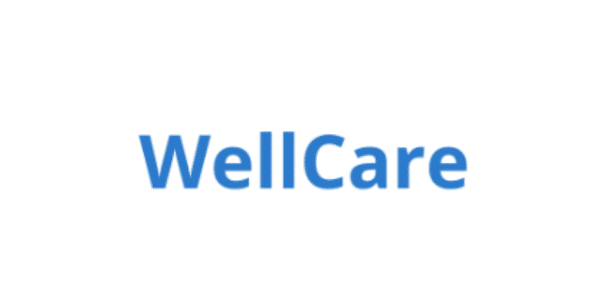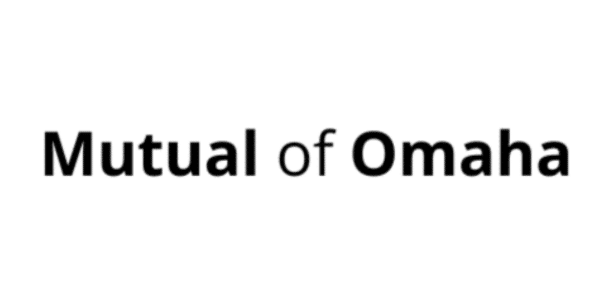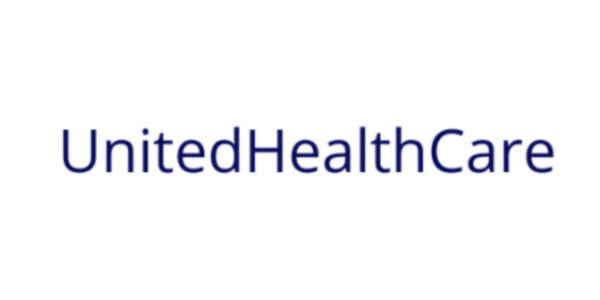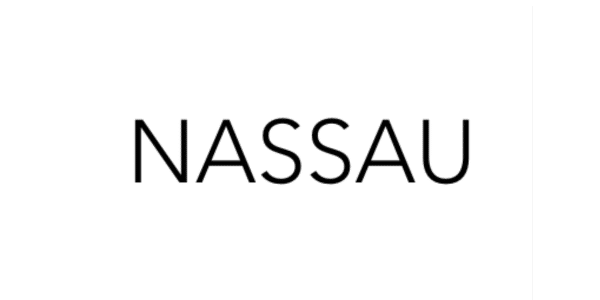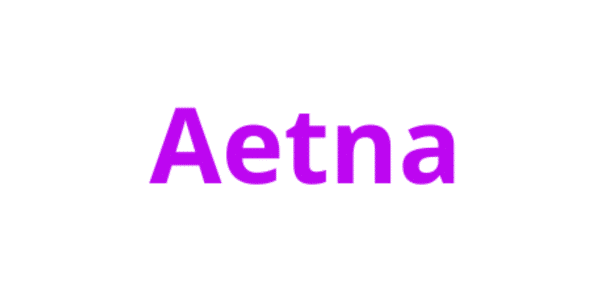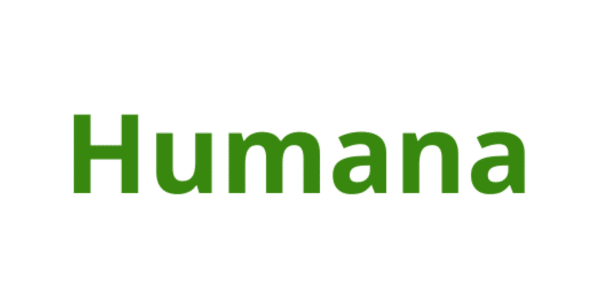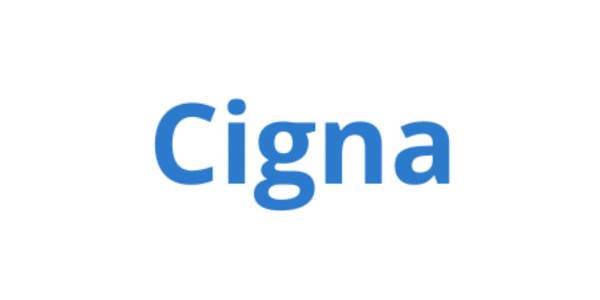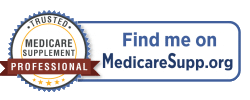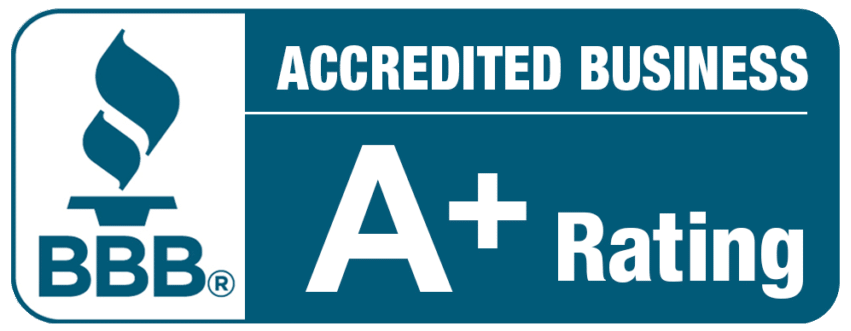Medicare Part D provides essential prescription drug coverage for medications obtained at pharmacies. It’s crucial to understand that this coverage is not automatically included with your Medicare benefits; you must take the initiative to enroll in a Part D plan. These plans are offered by private health insurance companies, which must adhere to federal regulations. While enrollment in Medicare Part D is technically optional, skipping this crucial coverage can lead to significant risks. If you delay signing up when you first become eligible, you may face substantial and permanent penalties if you decide to enroll later. Protect your health and finances by considering your options for prescription drug coverage with Medicare.
When you enroll in a Medicare Part D plan for prescription drug coverage, you will pay a monthly premium to an insurance provider. Additionally, you will need to meet an annual deductible before your coverage kicks in, after which you will be responsible for either a copayment or a percentage of your medication’s cost. Each Medicare prescription drug plan features a formulary, which is a list of covered medications organized into Tiers 1 through 5. Generally, the lower the tier number, the less you will pay for your prescriptions. To obtain Medicare drug coverage, it’s essential to enroll in a Medicare-approved plan that includes this benefit. Keep in mind that costs and the specific drugs covered can vary significantly between different plans. If you’re in Alabama, it’s important to explore your options to find the best Medicare Part D plan that meets your prescription needs.
The Drug Coverage Gap(Donut Hole)
Beginning in 2025, the drug coverage gap for prescription drugs is eliminated. Additionally, a $2,000 out-of-pocket maximum will be introduced for all Medicare Part D drug plans. Once you reach this limit, you will enter the catastrophic phase, meaning you will not have to pay anything ($0.00) for covered brand-name and generic prescription medications.


